Why? How? In Healthcare Reform
Stanley Feld M.D.,FACP,MACE
“Why” and “How” are the two most important questions to ask when revising a business model for healthcare reform.
“Why” the healthcare system has to be reformed is easy to answer.
The present business model for healthcare reform has failed. No one would dispute the fact that the healthcare system is dysfunctional and is failing because of the increasing cost of care.
Medical care is still excellent, although, with the changes in "Obamacare" up to this point it is becoming questionable.
The healthcare system’s costs are unsustainable.
President Obama’s healthcare reform act has accelerated costs. The healthcare system is rapidly headed toward total collapse.
The collapse will occur when the government cannot produce funds to pay the costs. We have heard that Medicare and Medicaid will run out of money by 2016 or 2024.
In reality, Medicare and Medicaid have no trust fund money. The federal government has borrowed the monies paid into the trust fund.
The initiatives introduced by "Obamacare" with pilot studies have failed or are failing. Initiatives such as chronic disease management, pay for performance, electronic medical records, accountable care organizations and revisions of coding have all failed or in the process of failing. These initiatives were performed by hand picked practices, hospital systems and clinics.
How could we expect ordinary medical practices to carry out these initiatives?
The problems increase daily. Nancy Pelosi was right when she said, “We would know what is in the healthcare reform act when we pass it.”
Nancy Pelosi was right. The more we learn the worse it gets.
“The Affordable Care Act impose much stiffer financial penalties on hospitals with higher 30-day readmission rates than for hospitals with higher 30-day mortality? Isn't preventing death, the ultimate bad outcome, much more important to incentivize”
Let us assume the goal of President Obama’s healthcare reform act is to increase quality of care at affordable cost with improving access to care.
Perverse incentives are created for hospitals to avoid hospital readmissions for sick people in order to be penalized less than if the patient dies in 30 days. The incentive is bizarre.
The penalty for having higher rates of risk-adjusted readmissions starts at 1% of a hospital's Medicare DRG rates for heart failure, pneumonia, or acute myocardial infarction patient discharges as of Oct. 1, 2012 and increases to 3% in 2015.
But hospital 30-day mortality, which moves into the formula in FY 2013, is just one of more than 20 quality elements that make up the 1% to 2% of the value-based purchasing incentive payment hospitals with higher mortality will lose.
The result could be a decrease in healthcare expenditures in a community because there would be less sick people in the community. The community would be healthier because the sicker people were not readmitted to the hospital and died. The result might be lower healthcare costs.
Is this what Americans want to do to fulfill President Obama’s goals?
The wrong incentives are being advocated with Obamacare.
A perfect example would be Beth Israel Deaconess Medical Center in Boston. According to Medicare's current Hospital Compare spreadsheet Beth Israel is "better than" other U.S. hospitals in 30-day mortality rates for all three measured disease categories—heart attack, pneumonia and heart failure.
On the other hand Beth Israel is "worse than" other hospitals in 30-day readmission rates in the same disease categories.
Beth Israel Deaconess will be vulnerable to steep penalties for readmissions starting October 1,2012.
Any business would be crazy to continue a practice that would cause them to lose money. The hospital would start realigning resources in favor of avoiding readmission at the cost of improving survival rate.
Dr.Ashish Jha, , a Harvard School of Public Health policy researcher and practicing internist said,
"I don't know any patient who would say, 'Oh, well, I'll take a higher risk of dying as long as I don't have to be readmitted,' "
"It's hard to fathom that now avoiding readmissions are more important than mortality rates.”
I could visualize the Obama administration confessing that this was an unintended consequence.
This is just one of the unintended consequences resulting from President Obama’s healthcare reform act.
The “How” in President Obama’s healthcare reform in many circumstances is all wrong.
It is time Americans said enough is enough.
The opinions expressed in the blog “Repairing The Healthcare System” are, mine and mine alone
Please have a friend subscribe



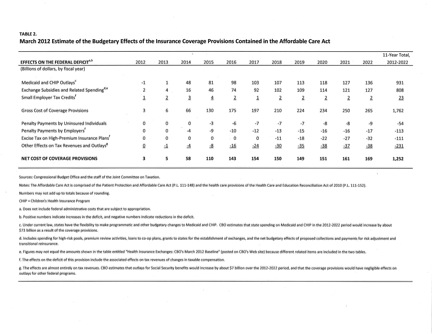
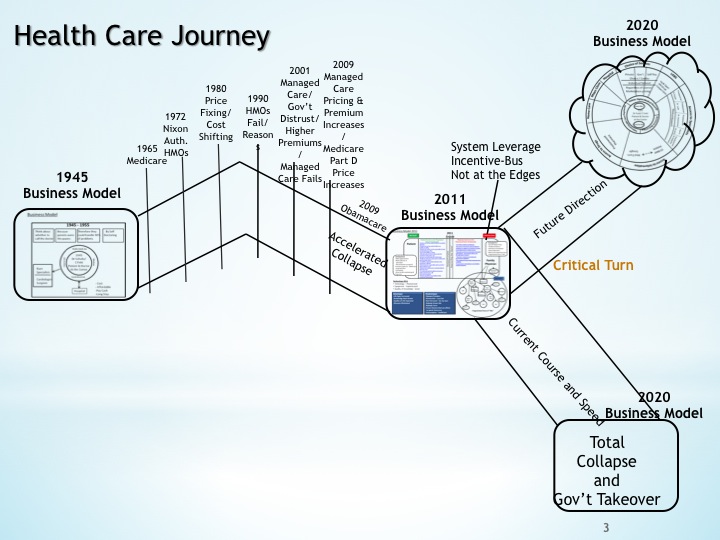
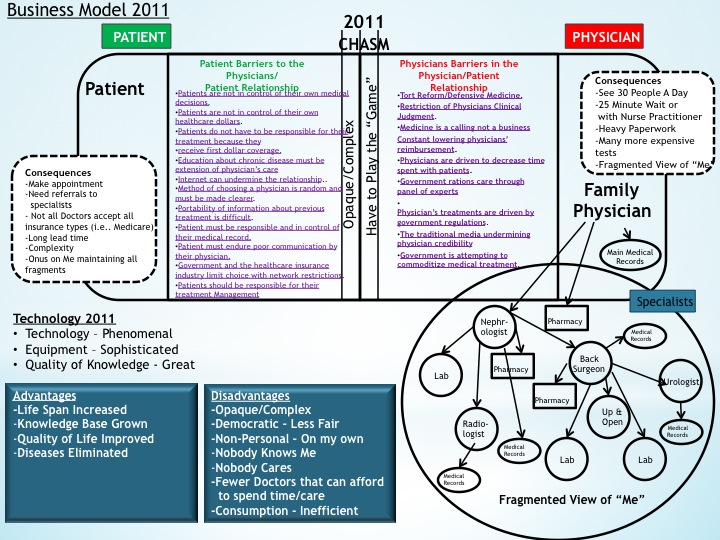
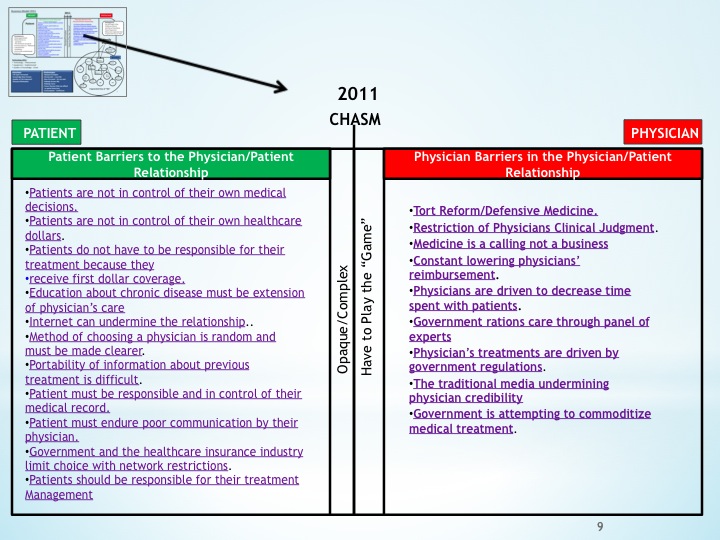
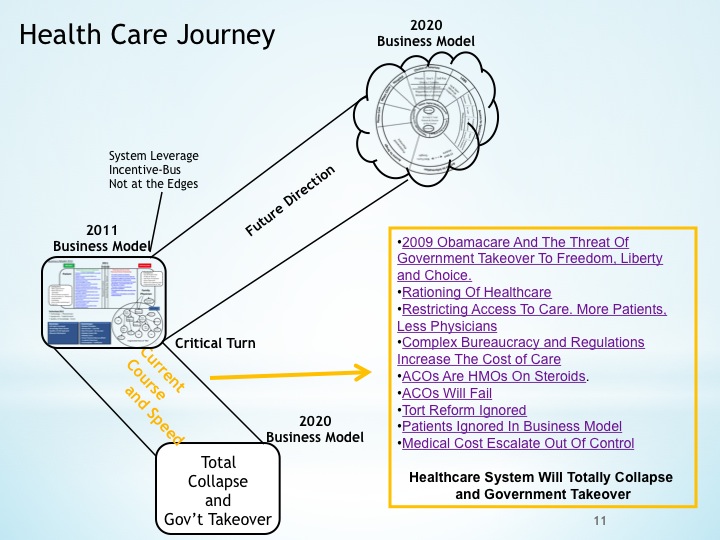
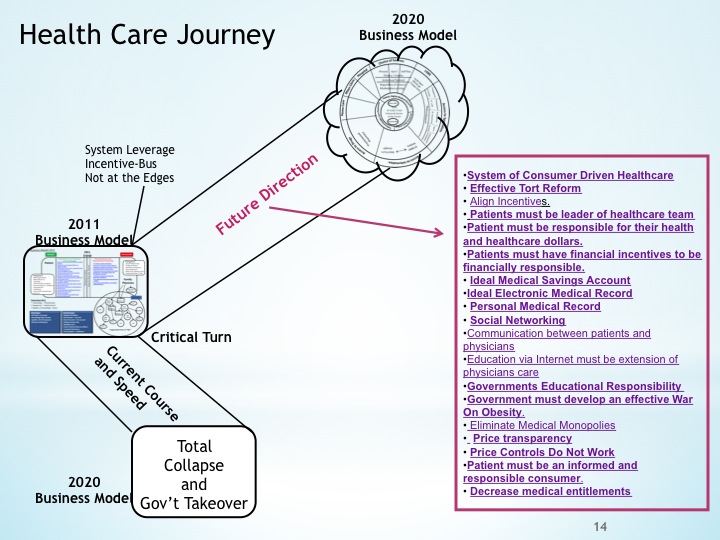
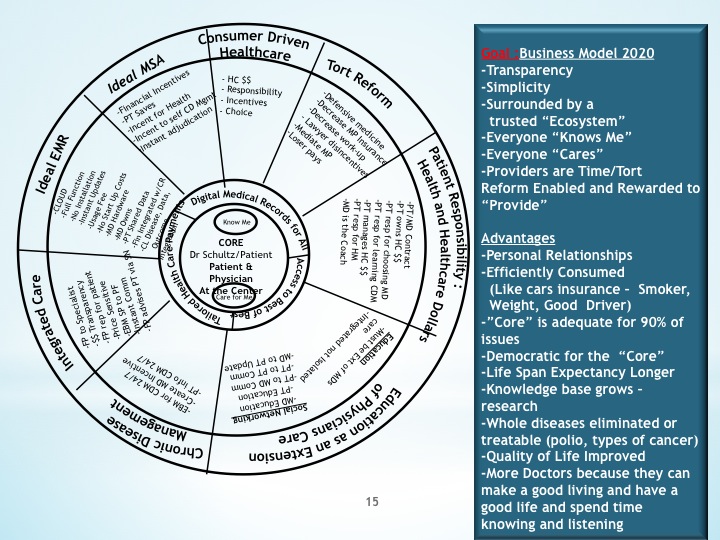
wonderful points altogether, you simply gained a logo new reader. What would youu suggest in regards to your publish that youu made a few days ago? Any positive?